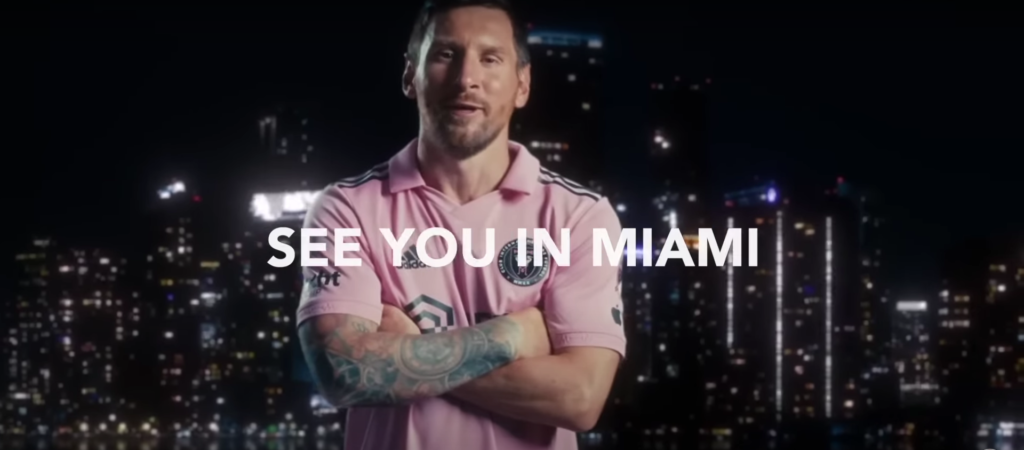
Lionel Messi, the Argentine great, has been selected as one of the three contenders for the Newcomer of the Year award in Major League Soccer, despite his limited participation of only six league matches for Inter Miami. Messi Miami, who led Argentina to victory in the World Cup held in Qatar, propelled Miami to win the Leagues Cup championship in a tournament that included teams from the MLS and Mexican league in August.
Messi made his debut in the MLS for Miami on August 26, entering the match as a substitute in the second half. He scored a goal in Inter’s 2-0 victory against the New York Red Bulls, ending their 11-match drought without a win. However, hindered by a leg injury that occurred towards the end of the season, Messi was unable to elevate Miami’s position from the bottom of the league to qualify for the MLS playoffs.
Since joining Inter Miami in July, Messi has proven to be a lucrative asset for MLS through his contributions to jersey sales and his impact on the increase in sales of MLS season pass viewing subscriptions, as well as ticket sales at Miami’s matches.
The contenders for the rookie award, which includes those with professional experience who made their debut in MLS this year, consist of Greek forward Giorgos Giakoumakis from Atlanta United and German midfielder Eduard Lowen from St. Louis City.
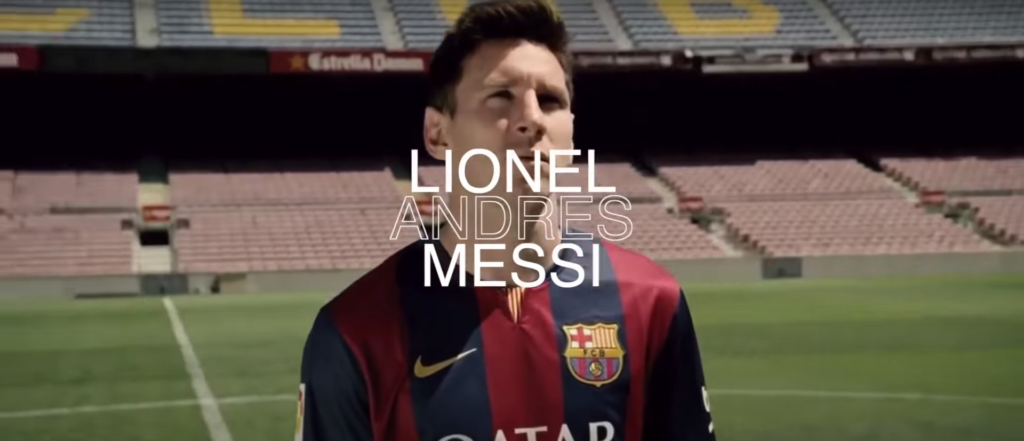
Messi was initially considered for the MLS Most Valuable Player award, but ultimately did not make it to the final three nominees in that particular category.
The trio consisted of Denis Bouanga, a French-born Gabonese international who won the MLS Golden Boot while playing for Los Angeles FC, Luciano Acosta, an Argentine midfielder from the regular-season victories leading team FC Cincinnati, and Thiago Almada, a talented Argentine player from Atlanta.
The influence of Messi Miami and the MLS in 2023 and beyond
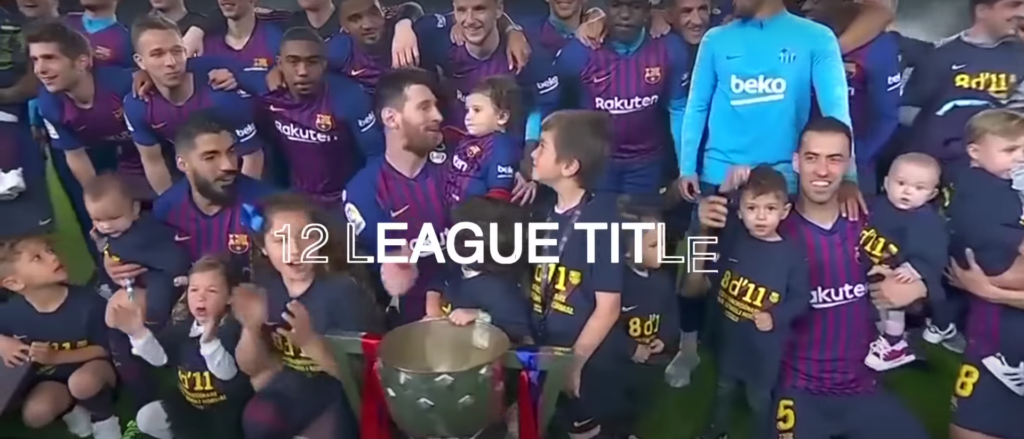
The 2023 season in Major League Soccer stands out as unprecedented in the league’s 28-year history. There was much excitement when the league was established in 1996 and when David Beckham joined almost a decade later. However, what about this? Is Lionel Messi joining Inter Miami CF? This event generated an unprecedented level of worldwide excitement and enthusiasm.
Messi Miami’s life in America started with a significant impact. He made his first appearance in the combined MLS-Liga MX Leagues Cup event against Cruz Azul on July 21. He entered the game as a substitute in the 54th minute and scored a winning goal in stoppage time with an exceptional and precise free kick.
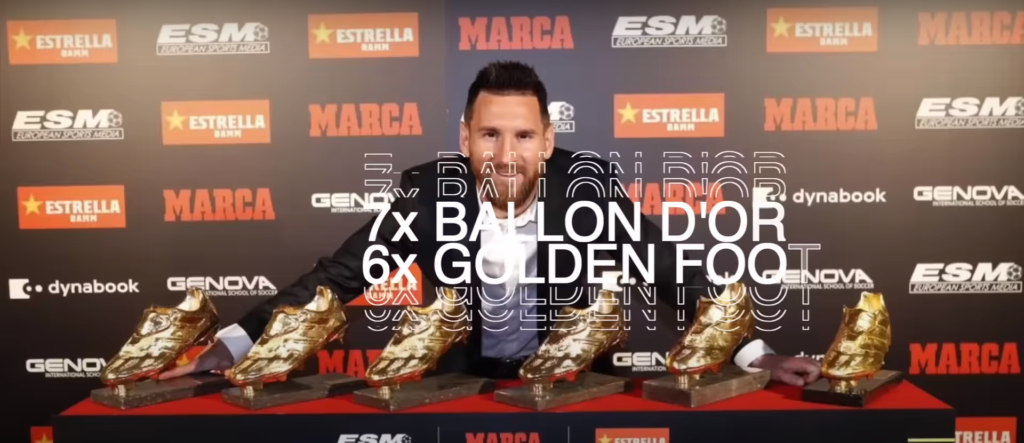
In the tournament, he achieved a total of 10 goals and one assist in seven matches. Miami emerged as the winners, securing their first-ever trophy in the club’s four-year existence. However, during regular-season matches in MLS, Messi Miami’s goal tally was limited to only one, accompanied by two assists, across six games. The Herons’ 2023 domestic campaign came to an early end as they were eliminated from playoff contention with two regular season games remaining. Now Messi and his teammates are relegated to spectating the MLS Cup playoffs from the comfort of their sofas as they eagerly await the arrival of 2024.
From the period prior to Messi Miami’s arrival to the period following his departure, there has been a significant and noticeable change in the dynamics of the game.
Has any team seen such a drastic transformation in their fortunes throughout a season as Inter Miami did when Messi joined?
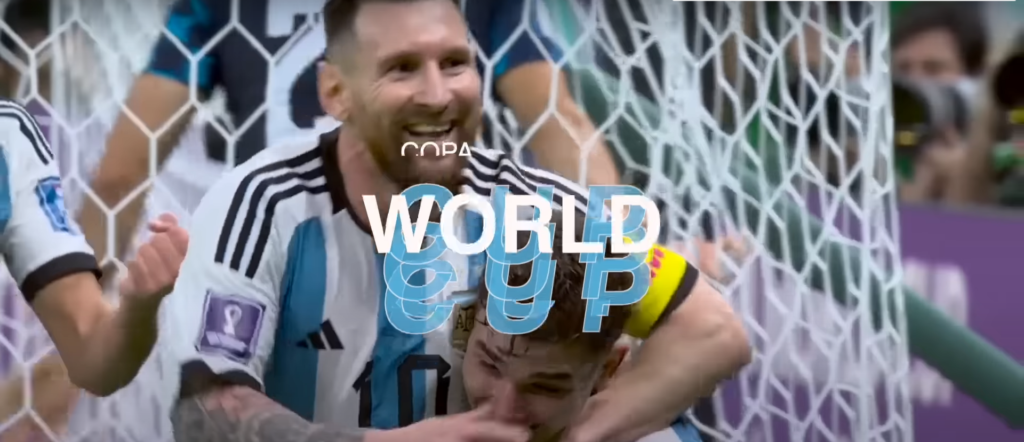
Prior to the arrival of Messi Miami and his highly skilled companions, including former Barcelona stars Sergio Busquets and Jordi Alba, Miami was characterized by its poor quality or performance. With only 18 points, the team performed poorly in 22 MLS matches and had the lowest ranking in the league. Additionally, their offensive performance was extremely weak. Out of the 29 clubs in the league, only the Colorado Rapids and Toronto FC had scored fewer goals up to that moment. Additionally, none of the teams had a worse expected goals (xG) rate of 0.97 per game.
The notion that Miami, without Messi, could have been a formidable contender in the Leagues Cup would not have been deemed worthy of contemplation. Subsequently, he arrived, and everything underwent a profound transformation.
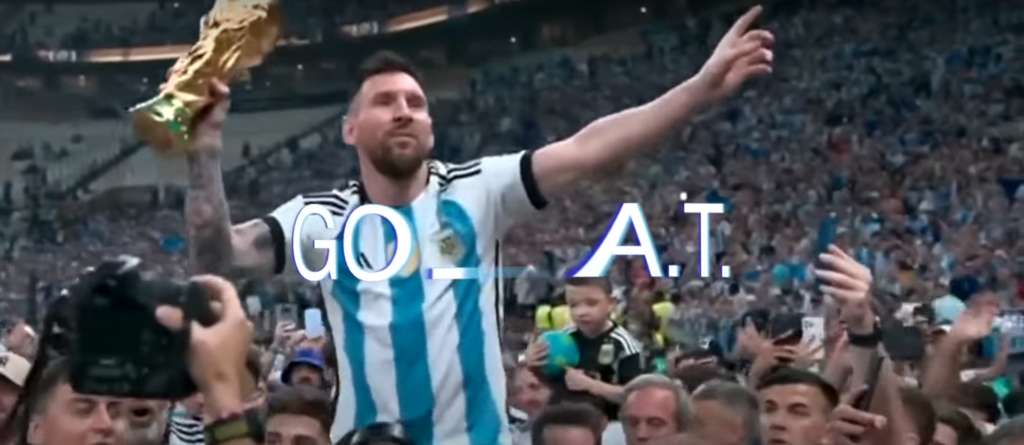
Starting from July 21, the day of Messi Miami first appearance for Miami against Cruz Azul, and ending on September 9, his last match with Miami against Sporting Kansas City before sustaining a hamstring injury in the World Cup qualifiers, Miami achieved a perfect record without any losses. During the course of 12 matches, which consisted of seven in the Leagues Cup, four in the league, and one in the U.S. Open Cup, Miami emerged victorious in eight matches and ended in a draw in four matches. The team scored more goals than its opponents, with a score of 33-14, and achieved an average expected goals (xG) of 1.59 per game.
Achieving paramount significance, Miami emerged victorious in the inaugural iteration of the expanded 46-team Leagues Cup tournament.
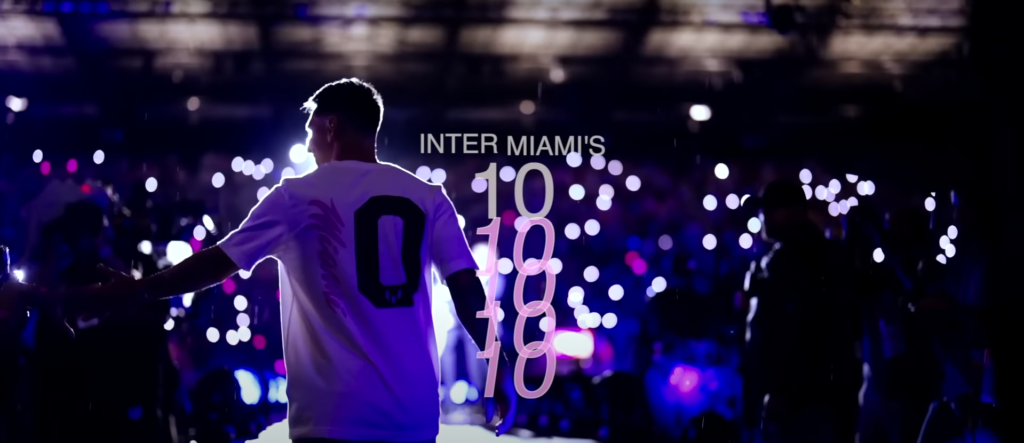
Amidst the challenge of measuring an individual’s influence on a sport, Miami’s remarkable progress serves as a testament to Messi’s worth, surpassing the limitations of his own statistics. However, Messi Miami made appearances in 11 out of the 12 matches during that period, scoring a total of 11 goals and providing five assists. He successfully scored in all of his initial seven outings, with the first three games he started resulting in two goals apiece.
Overall, Messi Miami had an average of a direct goal contribution (either a goal or an assist) per 68 minutes. Providing some background, Denis Bouanga, the winner of the MLS Golden Boot award from LAFC, managed to score a goal around every 75 minutes. Similarly, Luciano Acosta, who is expected to receive the MLS MVP award from Supporters’ Shield-winning FC Cincinnati, scored a goal almost every 103 minutes.
The Miami season may be divided into three distinct phases: Pre-Messi, Messi Era, and Post-Messi Injury.
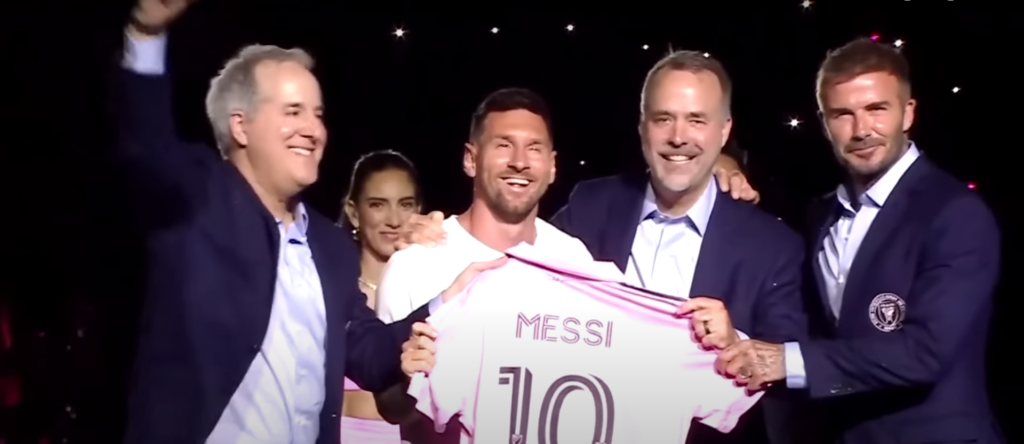
In the segment featuring Messi, Miami emerged as the top team in the Concacaf region. Following its victory in the Leagues Cup, Miami exuded an aura of invulnerability, indicating that it would not only rise from the lowest position but also make a strong push towards the playoffs, where the outcome would become unpredictable. Prior to Messi’s arrival, Miami had encountered significant difficulties, resulting in a precarious situation where the Herons had very little room for mistakes in order to secure a spot in the postseason.
Furthermore, Messi’s injury exacerbated the situation. During the last two months of the season, Messi Miami only made three appearances, one of which was a full 90-minute match on Decision Day, even though the team had already been eliminated from the playoffs. Furthermore, in the absence of his presence, Miami regressed to its initial state of the season, being unable to secure victory in any game when he was not there.
The impact of Messi on Miami’s landscape
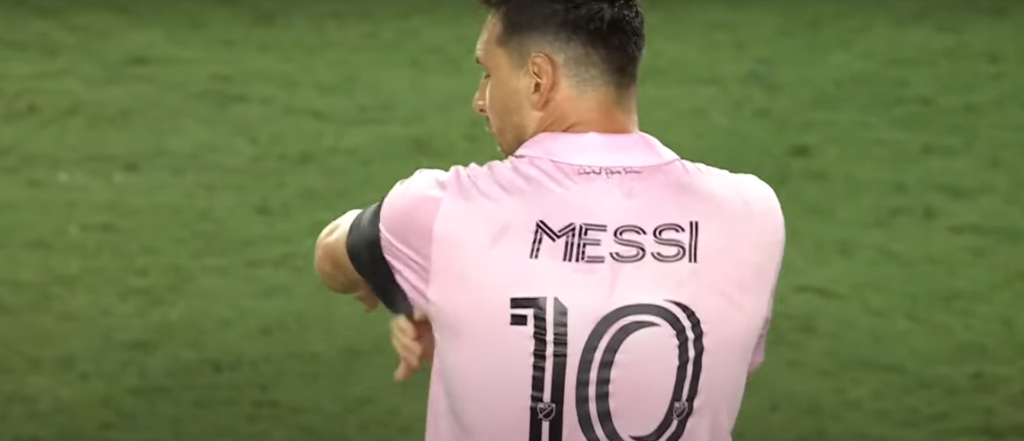
Miami serves as a second residence for the Latino and Afro-Latino diaspora. It is of American origin, but it also holds significance for Latinos. It is the counterpart of Latin America, characterized by a rich array of Central and South American sounds and aromas. Spanish, and to a large extent Spanglish, can be heard at every street corner. Miami’s areas, such as Little Havana and North Beach, embody the rich and diverse Latino culture, with residents hailing from Cuba and Argentina, respectively.
The primary determinant for Messi, his family, and their decision to join MLS, particularly in Miami, is this crucial factor. Following his departure from Argentina at the age of 13, Messi desired to experience a sense of proximity to his homeland. Additionally, he sought to regain happiness after enduring a challenging spell in Paris. He has finally arrived in South Florida.
The cynic will inevitably mention the economic motivations and the potential for the Messi Miami brand to expand in a country where the popularity of football is spreading at an unprecedented rate. However, the reality is that prior to becoming a World Cup champion and the most exceptional player in the history of the sport, Messi, similar to numerous Latinos in Miami, desired a sense of belonging. Wealth holds significance, although it does not serve as the primary motivation for Messi; if it did, there would be minimal uncertainty that he would currently be participating in the Saudi Pro League.
Describing the impact of Messi’s entrance in American soccer is a challenging and intricate undertaking, as his influence starts with the significant impression he creates as a superstar from Latin America. The enchantment on the field surpasses the fact that it originates not from a European, but from a 5-foot-7 South American icon.
While strolling through Miami, it is highly likely that you will come across individuals wearing Inter Miami Messi shirts, whether they are counterfeit or authentic. Various areas are embellished with murals, and in a city where the Miami Dolphins persist in excelling in the NFL and the Miami Heat commence their next NBA season on Wednesday, it is the countenance of Messi that graces billboards.
Messi’s arrival encompassed more than just on-field performance. It served as a cultural declaration. It was the definitive return to one’s homeland for the most renowned individual from Latin America.
In his song “Vuelve Candy B” from his latest album, Bad Bunny, a renowned artist who generates a significant influence through his music, expresses that since Messi’s arrival in the USA, the entire world recognizes him as the greatest of all time, surpassing Tom Brady. Tom Brady is no longer the person in question.
What is the purpose or main idea? Within a span of fewer than four months, Messi Miami revolutionized the sports scene in America, all without uttering a single word of English. That is the epitome of Miami.
Strategies employed by opponents to strategize for the Greatest of All Time (GOAT)
One can gauge Messi’s exceptional skills when, despite losing to Miami, the team’s performance still manages to evoke a sense of satisfaction. Christian Lattanzio held the same belief following his team, Charlotte FC’s, 2-0 defeat in the quarterfinals of the Leagues Cup.
Many adversaries in the league experienced this sentiment upon Messi’s arrival. Despite having a well-executed game plan and implementing all the correct strategies, Messi managed to score a total of 10 goals in Leagues Cup matches and contributed with one goal and two assists in six MLS games.
Charlotte’s strategy mostly aimed to prevent Messi from receiving the ball in threatening positions, with the intention of relying on someone other than Messi to score.
Lattanzio found comfort in an interview with Xabi Alonso, when the former Real Madrid star mentioned that it took the iconic 2011-12 Blancos team, which achieved 100 points in LaLiga, a year and a half to devise a plan to effectively neutralize Messi during his prime.
FC Dallas manager Nico Estévez devised a highly effective strategy to impede Messi, so placing Miami in a precarious position of being eliminated from the Leagues Cup in the round of 16. Despite their inability to contain Messi, the encounter proved to be the most challenging for the Herons, at least until the final, where they emerged victorious over Nashville SC in a penalty shootout.
Regarding FCD, this involved a modification in the formation, granting Messi’s compatriot Alan Velasco a flexible position similar to Messi’s playing style. Velasco netted a goal and delivered an exceptional performance, showcasing his finest display since joining MLS in the previous year.
The defensive setup faced challenges at the rear, as Facundo Quignón, who often plays as a defensive midfielder, was tasked with the responsibility of impeding Messi’s progress. Sebastian Lletget provided assistance in this regard. Messi, predictably, found an opportunity early on, scoring in the sixth minute, and later with his signature free kick in the 85th minute, leading the game to a penalty shootout. Messi successfully scored a goal in that match, and as a result, Inter Miami advanced to the next round.
The current approach to strategizing against Messi Miami in MLS is as follows: You have the option to handle it in a distinct manner or treat it as you would any other game. Ultimately, it could be a matter of minimizing the negative consequences.
Strategies for Miami to increase its collection of trophies in 2024
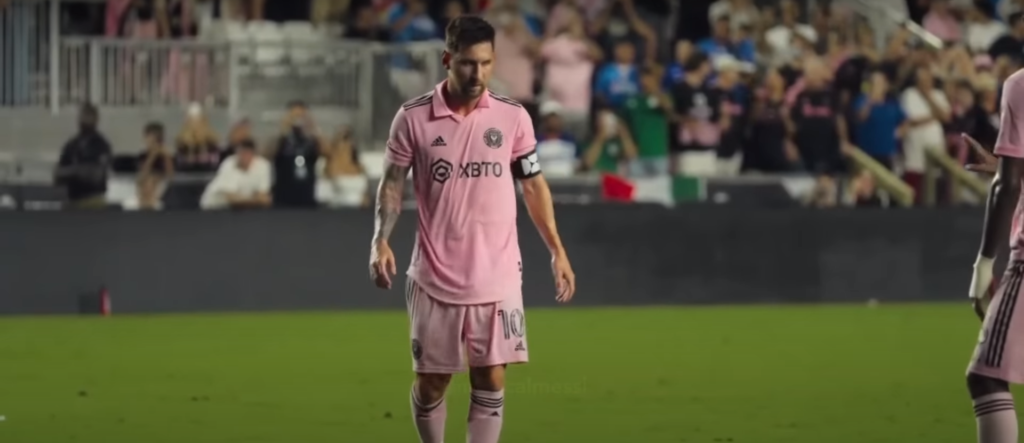
The midseason roster overhaul that Miami underwent was exceptionally comprehensive. In addition to Messi Miami, Alba, and Busquets, several promising young South American players such as winger Facundo Farías, center-back Tomás Avilés, and central midfielder Diego Gómez were also signed.
Miami significantly increased its wage expenditure, tripling the amount spent compared to 2022, in order to become the top-spending club in MLS. However, despite this lavish spending, the team was unable to secure a playoff berth. Nevertheless, the Herons will commence the next season with significantly greater momentum than they had at the start of 2023.
Chris Henderson, who assumed the role of sporting director in 2021, will finally see the team free from the penalties incurred for breaching the league’s roster regulations in 2020. These penalties involved a reduction of $2,271,500 in allocation money, which was spread across the 2022 and 2023 seasons. Consequently, the team’s capacity to strengthen the squad at all levels was significantly limited. With the new roster rules, Miami will now have an equal opportunity to compete, enabling them to maximize the financial resources of owners Jorge and Jose Mas. The additions of promising young talents Farías, Avilés, and Gómez indicate that a significant portion of Miami’s recruitment for 2024 has already been completed.
There will probably be a few new players joining the team, with the most significant one being the potential signing of the renowned Uruguayan striker, Luis Suárez. Suárez, who is currently 36 years old, will be free to join a new team after his contract with Brazilian club Gremio ends in December, after the conclusion of the Serie A season. Consequently, there would be no need for a transfer fee.
View this post on Instagram